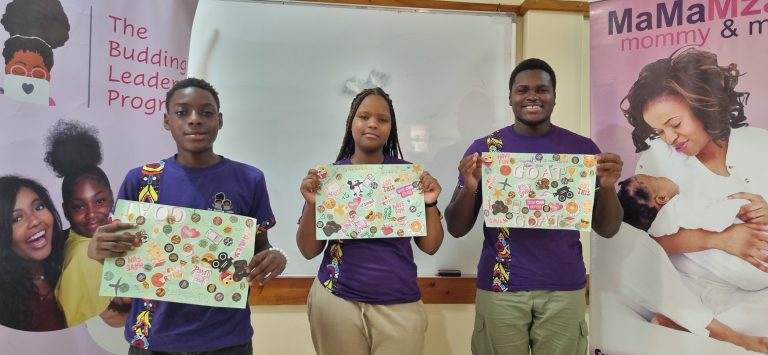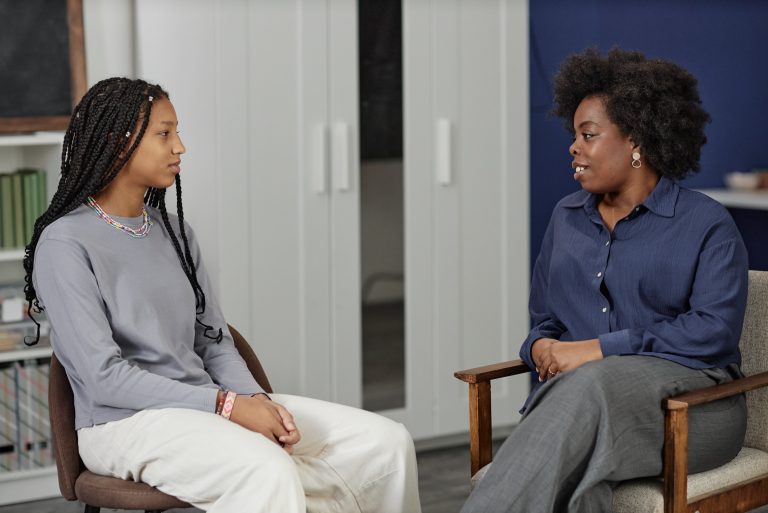📍Nairobi, Kenya

Understanding and Breaking the Cycle of Childhood Trauma
Childhood trauma refers to distressing experiences that disrupt a child’s sense of safety and well-being, such as abuse, neglect, loss of a loved one, or exposure to violence. Understanding childhood trauma is important for parents, educators, healthcare professionals, and society as a whole, as it has long-term effects on mental, emotional, and even physical health.
Childhood trauma can cast a long shadow over our lives, influencing not just our personal well-being but also how we parent our own children. Understanding its impact and learning to heal are crucial steps in breaking the generational cycle of trauma.
Identifying Childhood Trauma
Childhood trauma can result from various experiences, including:
- Physical, emotional, or sexual abuse
- Neglect or abandonment
- Witnessing domestic violence
- Loss of a parent or primary caregiver
- Severe illness or accidents
- Living with family members with mental illness or addiction
- Extreme poverty or food insecurity
Common Signs of Unresolved Childhood Trauma in Adults
- Physical signs:
- Unexplained chronic pain
- Digestive issues
- Sleep disturbances
- Heightened startle response
- Emotional and behavioral signs:
- Difficulty trusting others
- Persistent anxiety or depression
- Emotional numbness
- Hypervigilance
- Problems with self-worth
- Difficulty maintaining relationships
- Perfectionism or control issues
- Anger management problems
Common Coping Mechanisms
People who have experienced childhood trauma often develop various coping strategies:
Adaptive Coping Mechanisms
- Seeking therapy or counseling
- Building strong support networks
- Practicing mindfulness and meditation
- Engaging in creative expression
- Physical exercise
- Journaling
Maladaptive Coping Mechanisms
- Substance abuse
- Emotional shutdown
- Workaholism
- People-pleasing behaviors
- Excessive control over environment
- Avoidance of intimate relationships
- Self-isolation
Impact on Parenting Styles
Unresolved childhood trauma can significantly influence parenting approaches. The most common patterns include:
- Overprotective Parenting
- Excessive worry about child’s safety
- Difficulty allowing age-appropriate independence
- Hypervigilance about potential dangers
- Emotional Distance
- Trouble expressing affection
- Difficulty connecting emotionally
- Uncertainty about appropriate emotional responses
- Control-Based Parenting
- Rigid rules and expectations
- Difficulty with flexibility
- Struggle with allowing children to make mistakes
- Permissive Parenting
- Avoiding setting boundaries
- Difficulty with discipline
- Fear of causing emotional pain
Breaking the Cycle
1. Self-Awareness and Healing
- Acknowledge your own trauma history
- Seek professional help through therapy
- Practice self-compassion
- Develop emotional regulation skills
- Build a support network
2. Conscious Parenting Practices
- Learn about child development
- Practice mindful parenting
- Respond rather than react to challenging situations
- Set healthy boundaries while maintaining emotional connection
- Create safe spaces for open communication
3. Specific Strategies to Prevent Trauma Transmission
Emotional Regulation
- Model healthy emotional expression
- Teach children to identify and express feelings
- Create family routines for emotional check-ins
- Practice calming techniques together
Building Security
- Maintain consistent routines
- Provide predictable responses
- Follow through on promises
- Acknowledge and validate feelings
- Create a safe home environment
Communication
- Use age-appropriate language
- Listen actively without judgment
- Encourage questions and discussions
- Avoid shame-based discipline
- Address conflicts constructively
4. When to Seek Professional Help
Consider family therapy when:
- You notice patterns repeating
- Your child shows signs of emotional distress
- You struggle with triggering situations
- Family dynamics feel overwhelming
- You need support implementing changes
In conclusion, breaking the cycle of childhood trauma requires awareness, commitment, and often professional support. Remember that healing is a journey, not a destination. Small, consistent steps toward healthier patterns can create significant positive changes for both parent and child.
The goal isn’t perfection but progress – creating a more secure, emotionally healthy environment for the next generation. By acknowledging our past wounds while actively working to heal them, we can write a new story for our children’s future.



